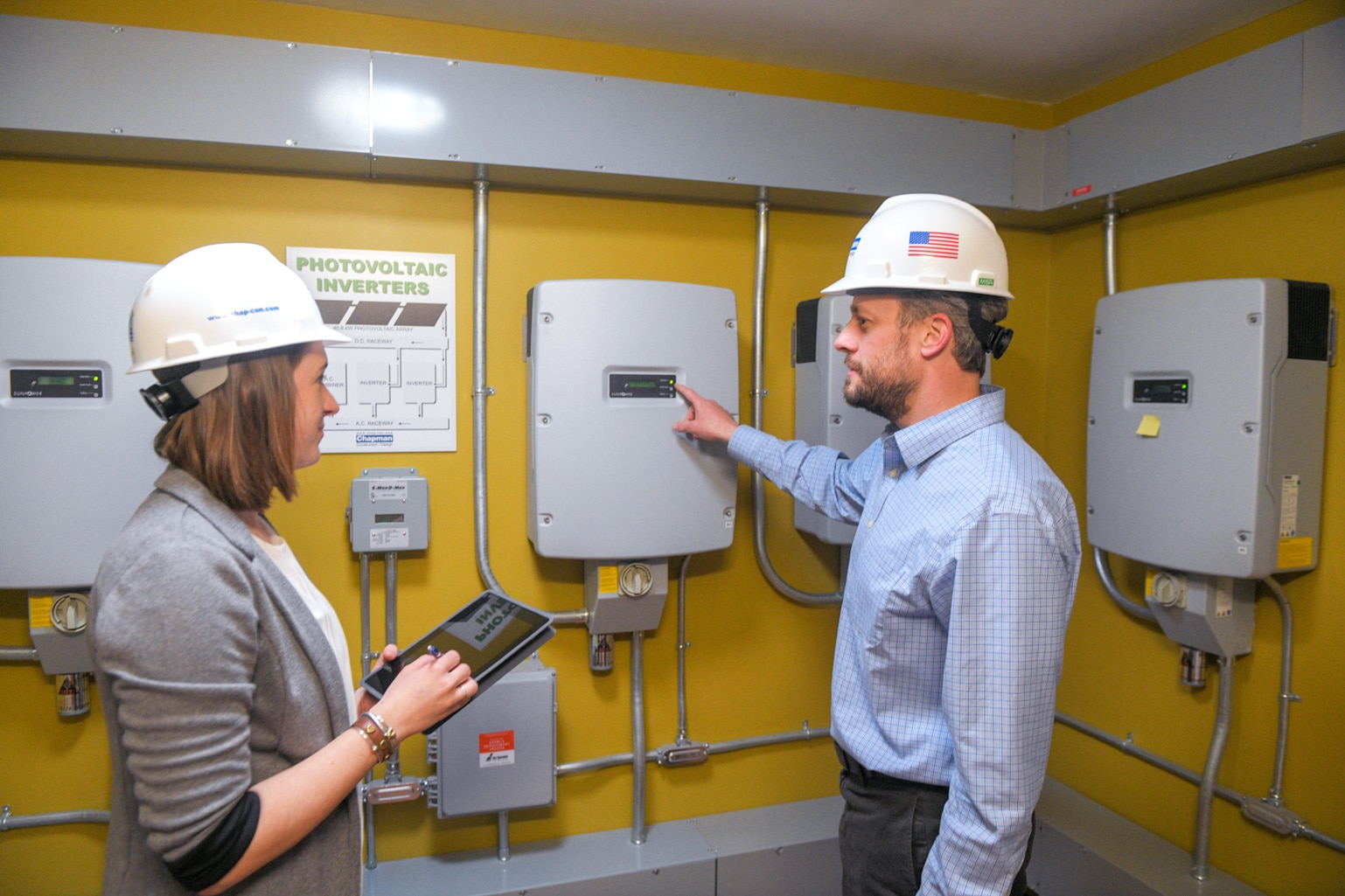By: John Hyde, Senior Sustainability Manager in the 2024 Annual Green Supplement of High Profile Magazine
The movement to adopt Building Performance Standards statewide is picking up steam, marking a significant change for a set of regulations once seemingly limited to the Boston and Cambridge environs. Boston’s program, named BERDO, and Cambridge’s version, called BUEDO, have been implemented to help those municipalities achieve net zero emissions by 2050, with ongoing reporting to ensure that key benchmarks are being met. The ordinances aim to promote energy efficiency, reduce carbon emissions, and improve air quality. This initiative will reduce the city’s carbon footprint and mitigate the impacts of climate change.
In August, the Commonwealth released a draft regulation, “Large Building Energy Reporting,” for public comment. The policy would require disclosure of energy information, like the usage of electricity, gas, oil, steam, and propane usage. To ensure compliance with carbon emission reduction goals, buildings of a certain type and size are subject to strict limitations on their allowable CO2 emissions per square foot. These emission limits will decrease over time, aligning with Boston’s and Cambridge’s ambitious goals of achieving net-zero emissions by 2050.
While the goals are ambitious and important, there’s a level of uncertainty that goes along with any new requirements. As BERDO-like regulations begin rolling out to other communities, it’s important to understand the potential impact on buildings over a certain size. While it remains to be seen just which elements of BERDO or BUEDO will come to smaller cities and towns, the basic elements of each program should be preserved.
How to Prepare for New Environmental Standards
While the end goal for BERDO and BUEDO-affected buildings is the same – to achieve net zero emissions and to reduce greenhouse gas emissions – the pathways to getting there are unique and often complicated. Preparing to conduct an energy audit is a smart way to begin planning for what’s likely coming.
Here’s an easy 6-step checklist that you can begin following now to prepare for future regulations:
- Conduct an energy audit.
- Develop a decarbonization priority list.
- Perform energy efficiency upgrades.
- Optimize the building envelope.
- Electrify your heating, ventilating and air conditioning systems.
- Install or source renewable energy.
Conducting an energy audit helps to establish a baseline and identify systems in a building that are consuming excessive energy. Next, a facilities team should develop a decarbonization priority list, while considering the upfront capital expense, disruption to occupants, return on investment, reduced energy costs, incentives, increased rents, and avoided penalties.
Energy efficiency upgrades can include retro-commissioning existing systems to make sure they are operating efficiently, replacing fossil fuel systems with electric, and upgrading to energy-efficient lighting. Optimizing the building envelope is another area of “low-hanging fruit” when it comes to energy efficiency.
Replacing fossil fuel-powered HVAC systems with electric alternatives is a crucial step in reducing a building’s carbon footprint. Electric HVAC systems, such as heat pumps, utilize electricity to heat and cool spaces. Heat recovery systems reuse waste heat generated by other building processes. This integrated approach reduces emissions and leads to lower operating costs, and a sustainable building environment.
Keeping an Eye on the Bottom Line
By complying with BERDO-like standards, building owners can avoid being associated with non-compliance. Penalties are imposed for non-reporting, non-compliance, and for each metric ton of emissions exceeding the allowable limit. The revenue generated from these fines is directed towards the Equitable Emissions Investment Fund (EEIF) which will dispense collected fines to non-profits for reducing building emissions.
Building owners can make their properties more attractive to investors and tenants by retrofitting their buildings to comply with these standards. This will lead to longer leases and increased asset liquidity, ultimately resulting in higher exit prices and improved returns, especially as the demand for low-carbon workspaces outpace supply.
By strategically leveraging incentives, collaborating with tenants, and recognizing the benefits of sustainability, building owners can effectively manage the burden of compliance while positioning properties as attractive investments and developing positive relationships with tenants.
The Future of Building Performance
While BERDO-like policies are still being implemented in more communities throughout Massachusetts, it’s important to understand that preparing a building to meet these performance standards can be a significant undertaking. The process can take several years, especially for larger or more complex buildings.


